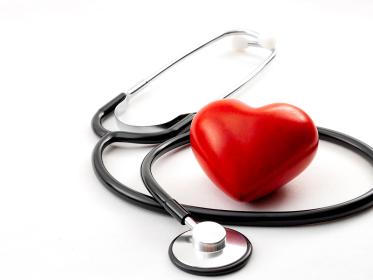Cardiac Stress Test versus VQ Scan
Two common diagnostic and interventional treatments used in nuclear medicine include the myocardial perfusion scan, also called a stress test, and the ventilation and perfusion scan, also called a VQ Scan.
What Is a Cardiac Stress Test?
A cardiac stress test is performed on patients with chest pain or other types of angina. It helps in diagnosing cardiovascular disease. Additionally, cardiac stress tests provide the surgeon with vital information about coronary blood flow before a patient undergoes surgery.
A cardiac stress test includes the following steps: The health-care provider does a resting echocardiogram. You will exercise or be given medicine until you reach the target heart rate. This helps reveal how your heart works when you are active. Your blood pressure and heart rhythm (ECG) will be monitored and ultrasound images will be recorded throughout the procedure. Another echocardiogram is taken after you’ve reached the target heart rate. The ultrasound images will reveal parts of the heart that may not be receiving enough blood or oxygen because of blocked arteries.
This test differs from an exercise stress test, which does not use ultrasound images.
How To Prepare for a Cardiac Stress Test
- Do not eat or drink for at least 3 hours before the test. Wear loose, comfortable clothing. You will be asked to sign a consent form before the test.
- Ask your health care provider if you should take any of your routine medicines on the day of the test, especially if you are taking heart medication. Some medicines may interfere with test results.
- It is important to tell your doctor if you have taken any of the following medications within the past 24 hours: Sildenafil citrate (Viagra,) Tadalafil (Cialis,) or Vardenafil (Levitra.)
A stress echocardiogram is an effective, noninvasive test that can help determine whether you have blockages in your coronary arteries. If there are blockages, it can determine the severity of the problem. Early diagnosis and monitoring of heart disease allows treatment to begin early.What Is a Ventilation and Perfusion Scan?
What Is a Ventilation and Perfusion Scan?
A Ventilation and Perfusion, or VQ Scan, can detect the presence of pulmonary emboli. A pulmonary ventilation and perfusion scan involves two nuclear scan tests that use inhaled and injected radioactive material (radioisotopes) to measure breathing (ventilation) and circulation (perfusion) in the lungs.
A pulmonary ventilation and perfusion scan is actually two tests. These tests may be performed separately or together. During the perfusion scan, a health care provider injects radioactive albumin into your vein. You are placed on a movable table under the arm of a scanner. The machine scans your lungs as blood flows through them to find the radioactive particles. During the ventilation scan, you breathe in radioactive gas through a mask while you are sitting or lying on a table under the scanner arm.
How to Prepare for a VQ Scan
- You do not need to stop eating, eat a special diet, or take any medications before the test.
- A chest x-ray is usually done before or after a ventilation and perfusion scan.
- You will be asked to sign a consent form and wear a hospital gown or comfortable clothing that does not have metal fasteners.
The radioisotope injection usually does not cause discomfort.
The ventilation scan is used to see how well air and blood move through the lungs. The perfusion scan measures the blood supply through the lungs.
A ventilation and perfusion scan is most often done to detect a pulmonary embolus (blood clot in the lungs). It is also used to detect abnormal circulation (shunts) in the blood vessels of the lungs and test lung function in people with advanced pulmonary disease, such as COPD.



